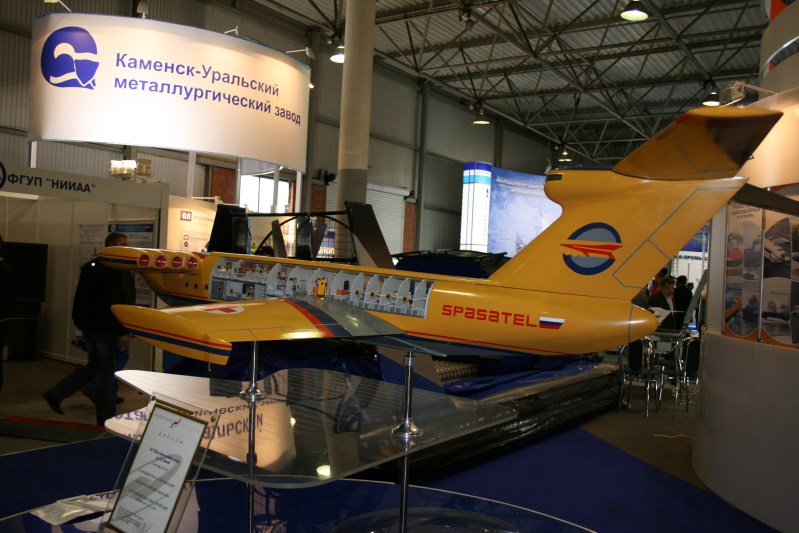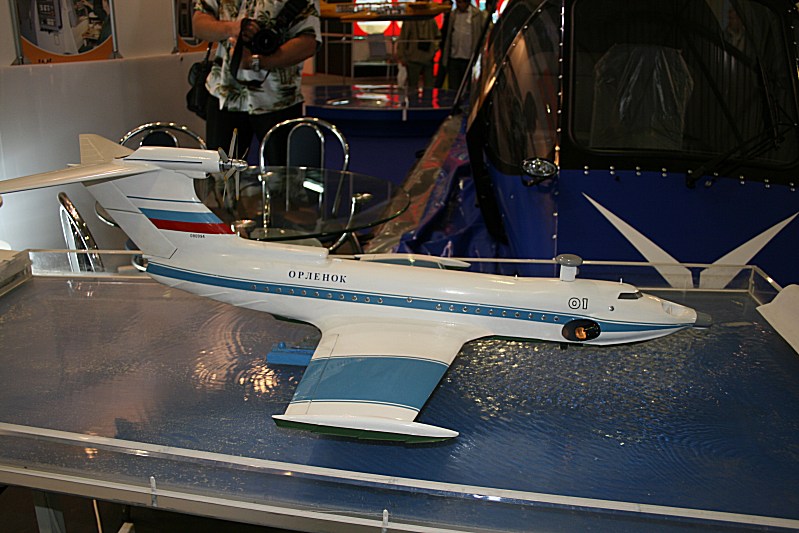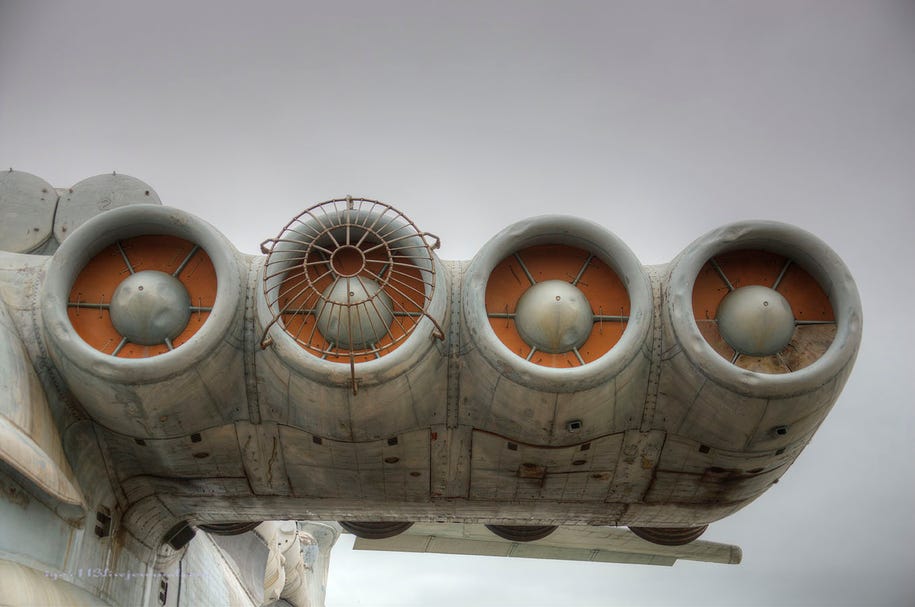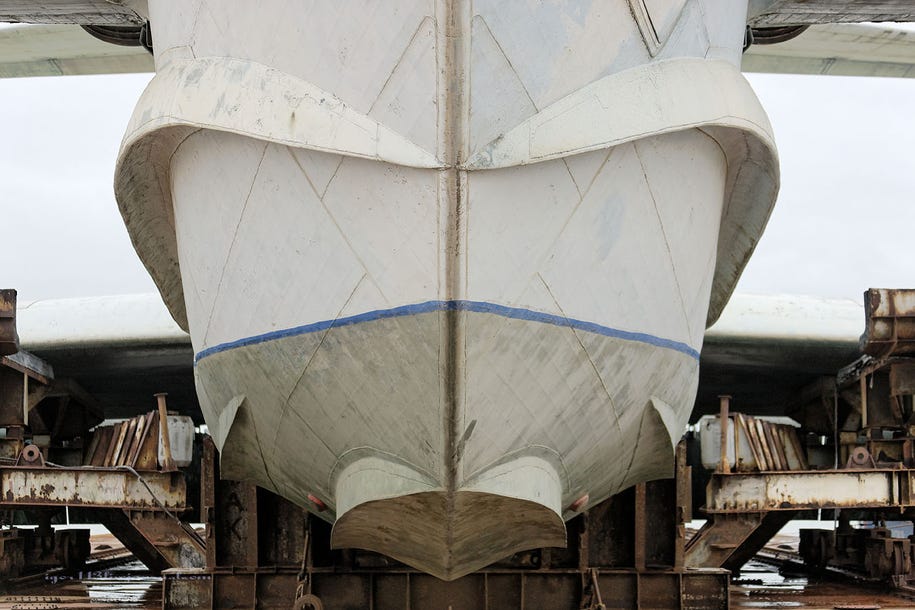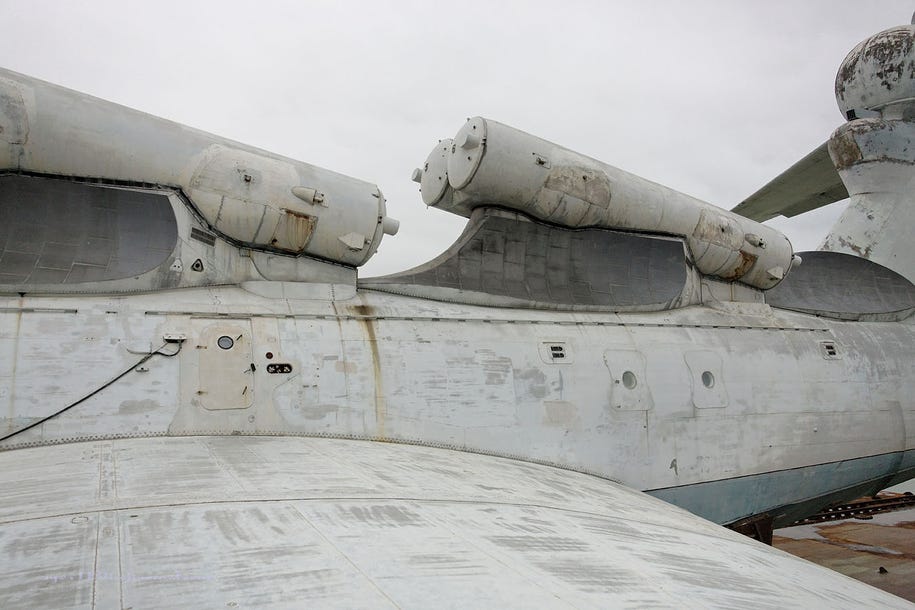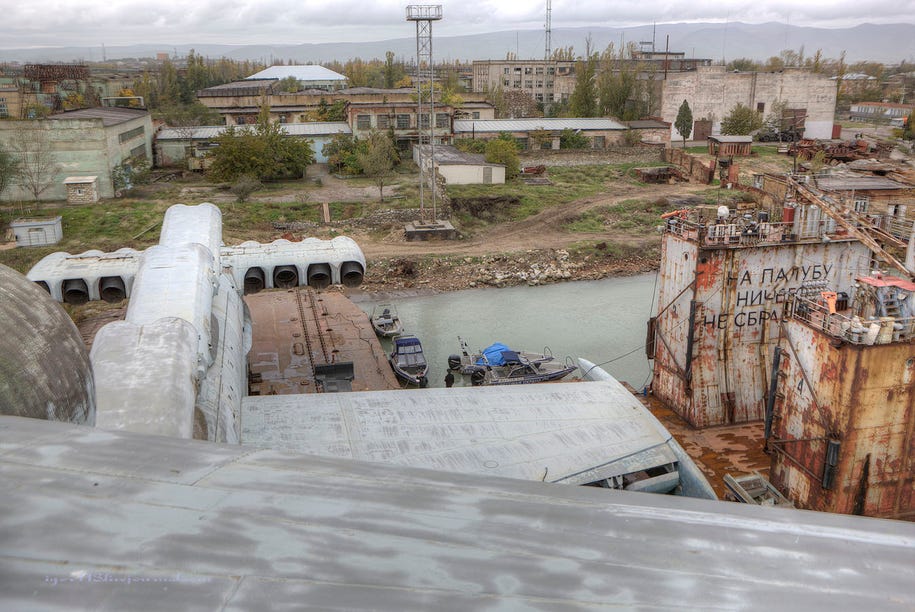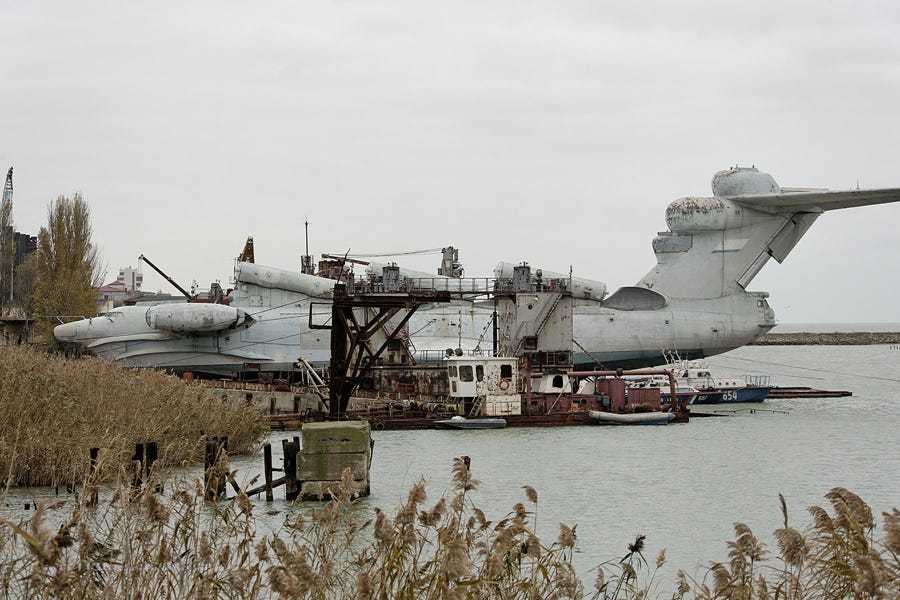bhramos
New Member
- Joined
- Mar 21, 2009
- Messages
- 25,644
- Likes
- 37,250
Central Design Bureau named Alekseev, known as the developer of "Caspian Monster", intends to resume the design and development work to create a WIG, which subsequently will be used for law enforcement agencies in Russia. This, as reported by Interfax, said the head of department of quality CDB Evgeny Alekseev Meleshko. According to him, CCB received a request the government to resume work.
During 2010-2011, will be carried out design work. From 2012 to start the second, more prolonged, phase, during which will be conducted development work, and will create a "sufficiently large winged. "For our company it is quite a large amount of work, most professional companies will work on this topic," - said Meleshko.
In the USSR the production of WIG started in 1957 and ended in the early 1990's. During this time it was built about 30 such devices, which in the international classification defined as naval vessels. " Uses a winged effect of aerodynamic screen when moving over water or land surfaces. On other ships, such as boats hovercraft or hydrofoils, hovercraft have a higher speed - up to 250 knots.
In 1960 CDB Alekseev created and tested on the Caspian Sea pilot winged, christened by western intelligence agencies "Caspian Monster" - that intelligence deciphered the abbreviation "CM" (ship-model) on board the vessel. Ekranoplan had a wing span of 37.6 meters and a length of about one hundred meters, and maximum takeoff weight of 544 tons. In 1980, a prototype of the ship crashed and sank after which it was decided to discontinue the project.
The most famous Soviet ekranoplan were troop-"Eaglet" (built five units) and stroke-winged rocket "Lun" (built by one unit, separated from the Black Sea Fleet in 1990). The armed forces of the USSR WIG planned to use in landing operations for the delivery of goods, as well as anti-and anti-order. There is also the project of Robert Bartini to create a strategic winged bomber A-57.
http://lenta.ru/news/2010/07/15/ekran/
Wow Capsian Sea monster again!!!
During 2010-2011, will be carried out design work. From 2012 to start the second, more prolonged, phase, during which will be conducted development work, and will create a "sufficiently large winged. "For our company it is quite a large amount of work, most professional companies will work on this topic," - said Meleshko.
In the USSR the production of WIG started in 1957 and ended in the early 1990's. During this time it was built about 30 such devices, which in the international classification defined as naval vessels. " Uses a winged effect of aerodynamic screen when moving over water or land surfaces. On other ships, such as boats hovercraft or hydrofoils, hovercraft have a higher speed - up to 250 knots.
In 1960 CDB Alekseev created and tested on the Caspian Sea pilot winged, christened by western intelligence agencies "Caspian Monster" - that intelligence deciphered the abbreviation "CM" (ship-model) on board the vessel. Ekranoplan had a wing span of 37.6 meters and a length of about one hundred meters, and maximum takeoff weight of 544 tons. In 1980, a prototype of the ship crashed and sank after which it was decided to discontinue the project.
The most famous Soviet ekranoplan were troop-"Eaglet" (built five units) and stroke-winged rocket "Lun" (built by one unit, separated from the Black Sea Fleet in 1990). The armed forces of the USSR WIG planned to use in landing operations for the delivery of goods, as well as anti-and anti-order. There is also the project of Robert Bartini to create a strategic winged bomber A-57.
http://lenta.ru/news/2010/07/15/ekran/
Wow Capsian Sea monster again!!!

